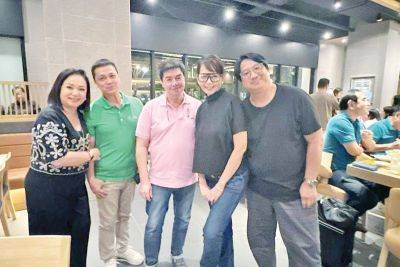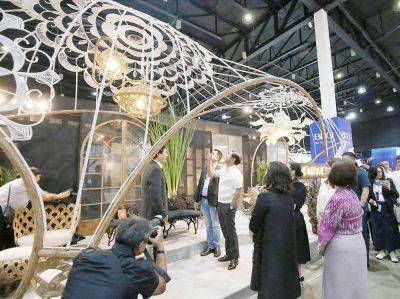A design where community is above consumerism
HUMANITY-CENTERED design, a prevailing trend in the 21st century, focuses on developing systems, services and processes that address pressing global challenges, transcending the traditional creation of iconic structures or user-friendly products.
Aligned with this is the Design Center of the Philippines' priority to «make design thinking a national competency,» says Design Center Executive Director Rita Matute. «It is… a 21st-century skill… and critical in the quest to future-proof the Philippines and address some of our systemic and generational challenges and unjust systems.»
To support this goal, the Center seeks to establish a design-thinking academy and a policy lab and incorporate both in the National Design Policy.
Another step was the DT/UX summit, «Sustainable Futures: Designing for Tomorrow through Humanity-Centered Design,» at the Ateneo de Manila University (AdMU). The keynote speaker, 90-year-old Don Norman, is recognized as the originator of user experience and the author of «Design for a Better World: Meaningful, Sustainable, Humanity-Centered.»
Co-sponsored by Singapore Polytechnic (SP) and AdMU, the summit underscored the urgent need for sustainable planning in the Philippines. The core message for professional designers is to perceive humans not merely as consumers of a mall or a hotel but as integral parts of a living, breathing community.
For example, Norman studied the spaghetti wires dangling ubiquitously along the streets of Binondo. His seemingly bizarre rumination on the convoluted cords associated with Manila's urban blight turned out to be the object lesson of his design philosophy. While many people view these wires as an eyesore to be eliminated, Norman encouraged urban planners to reconsider whether they are addressing the «right» problem.
One of the summit's main messages is that design transcends «prettifying» buildings or products. Design thinking should focus on solving core issues rather than just their symptoms.
AdvertisementAccording to Norman, the spaghetti wires serve as a metaphor for deeper systemic challenges. Engineers often tackle such problems without considering the human element.
He said a true designer must







